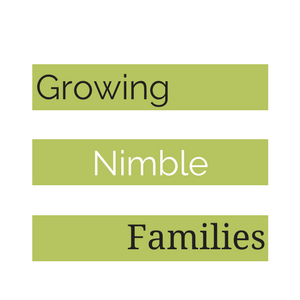This time last year we were getting used to a new town and country. We had fun investigating new things to see, smell and hear. If you’ve not walked in your neighbourhood what a walk might inspire you.
One year later, we’ve moved again. We have lots of comparisons. Having lived in a rural village, small town and now suburbs of a city it’s great opportunity for the kids to make these links. They are getting to know their local area by walking around and sharing old photos to develop [tag]geographic awareness[/tag]. Where we live and what’s around us grows on us but sometimes you have to be explicit and draw your kid’s attention to it.
We found the book, Where Do I Live? and have enjoyed getting to know how to explain where we live using appropriate vocabulary.
The language is simple enough to lead the children from where they live in their home. Starting first in their bedroom and expanding through, home, land, street, neighbourhood, town, city, suburbs, state , country, continent, world, earth, planet, solar system, galaxy, universe and back down again. The pictures support the text giving the kids an idea of size and proportion moving from page to page.
My toddler loves to thumb through the book and look at the pictures whereas the big guy likes to substitute himself for the text as we read it together trying out the new vocabulary.
Moving need not feel so disorientating for kids if they start developing a sense of place and home. We have a placemat of the world that we regularly find family and identify new countries.
Two frequently requested books at the moment are Mr. Popper’s Penguins and Lost and Found
; both feature [tag]penguins[/tag]. Finding [tag]Antarctica[/tag] on the[tag] map[/tag] and the places mentioned in the story is a lot of fun. Understanding time, distance and scale makes more sense after reading the Where do you live? book as does looking at maps in general. I wouldn’t say they understand the concept totally but are getting the idea that we can’t go from Australia and swim to Madagascar ( no doubt to see the animals from the movie) in one day!
We just got a Peters Projection Map to compliment the Mercator map we’re used to seeing at dinner and everywhere. The Mercator map is the one Universal uses on their films, the one that spins. Representing a sphere on a flat piece of paper is not without its problems. Both maps when used together give a more accurate view of the world. I like the Peter’s projection as it gives a more realistic view of the world and the sizes of the countries.
If you’ve never done it before look at the continent of Africa on both maps. Knowing how big your country is compared to others is an important skill to develop to realise how small or big you are especially as you start looking at politics way way down the line. For more information & debate about the benefits of using different types of maps
We had a fun time finding the same countries on each map.
- Finding where we live.
- Identifying familiar places.
Developing your child’s [tag]sense of place[/tag] is something that develops over time with a little input here and there. Children think of me, me, me and showing them how they fit in the world is an amazing thing to watch as they begin to realise there are so many things other than me.
See the next part to find out some practical [tag]play activities[/tag] to try .
******What activities do you do with your children to promote awareness of their Where they live?******










